 Arisia is one of three prominent SF/F/H conventions held each year in the Boston area (Boskone and Readercon being the other two). This year was Arisia’s 22d edition (January 14-17, 2011) and my 18th consecutive Arisia.
Arisia is one of three prominent SF/F/H conventions held each year in the Boston area (Boskone and Readercon being the other two). This year was Arisia’s 22d edition (January 14-17, 2011) and my 18th consecutive Arisia.
Each of these three conventions has its own distinctive focus. Readercon, usually held in July, is devoted entirely to the reading, writing, editing and publishing of SF/F/H. Its Dealers Room is unashamedly devoted entirely to books and other genre related printed materials. Readercon does not stage an art show. Boskone, usually held in February, has its primary focus on genre writing , editing, and art with a secondary, minor, interest in gaming, filking, costuming and films. Boskone’s Dealer Room is strong on genre books but also gives a noticable nod to games, crafts, and costuming. Boskone stages an art show as a major element of its programming.
Arisia, usually held in January, was founded in 1989 by members of Boskone who wished to expand the range of interests served by the convention, and held its first separate convention in Boston in 1990. Like Boskone, Arisia took its name from the works of E.E. Smith. In Smith’s universe the Boskones were the bad guys and the Arisians were the good guys. In its fourth year, 1993, Arisia became the Boston area’s most attended annual genre convention, at about 1700 persons. This year’s attendence looks to match or exceed last year’s mark of just over 2400, making it about twice the size of Boskone and Readercon.
…
Read More Read More
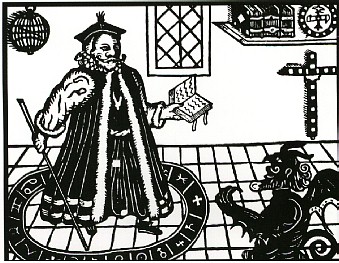 This week I read an advance copy of the second book in Mark Chadbourn’s series of espionage-fantasy-adventure novels, Swords of Albion. The Scar-Crow Men begins with the first performance of Christopher Marlowe’s play Doctor Faustus, and the story of the novel and the story of Faust end up connecting in a number of ways. It got me thinking about Faust, and why the story of Faust has flourished in the centuries since Marlowe wrote, and how many different ideas about wizards there really are.
This week I read an advance copy of the second book in Mark Chadbourn’s series of espionage-fantasy-adventure novels, Swords of Albion. The Scar-Crow Men begins with the first performance of Christopher Marlowe’s play Doctor Faustus, and the story of the novel and the story of Faust end up connecting in a number of ways. It got me thinking about Faust, and why the story of Faust has flourished in the centuries since Marlowe wrote, and how many different ideas about wizards there really are. When a show with a large fan base – especially a large SF fan base – ends, the fans have some small amount of solace, because there’s usually a rich bounty of “extended universe” materials to keep the fix going for a while. Often the avid fan, deprived of new episodes of the show, can enjoy exploring the novels, comic books, and, yes, even role-playing game supplements which are created through license with the show … but all good things must end.
When a show with a large fan base – especially a large SF fan base – ends, the fans have some small amount of solace, because there’s usually a rich bounty of “extended universe” materials to keep the fix going for a while. Often the avid fan, deprived of new episodes of the show, can enjoy exploring the novels, comic books, and, yes, even role-playing game supplements which are created through license with the show … but all good things must end.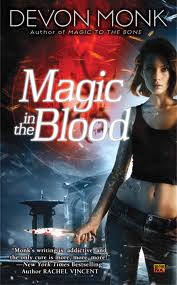 Magic in the Blood
Magic in the Blood Nearly a decade ago, having spent four nights reading my story “A New Grave For Monique” aloud to a late-night workshop audience, I won an award for fiction from the Santa Barbara Writer’s Conference. The audience (and the conference in general) was uniformly Caucasian.
Nearly a decade ago, having spent four nights reading my story “A New Grave For Monique” aloud to a late-night workshop audience, I won an award for fiction from the Santa Barbara Writer’s Conference. The audience (and the conference in general) was uniformly Caucasian.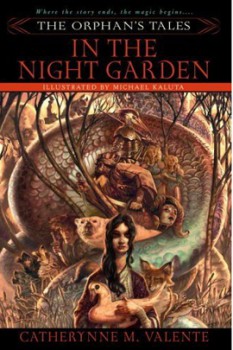 Back at around the turn of the century when I first started writing reviews for various SF/F on line publications, there was a lot of heated discussion about something called “
Back at around the turn of the century when I first started writing reviews for various SF/F on line publications, there was a lot of heated discussion about something called “
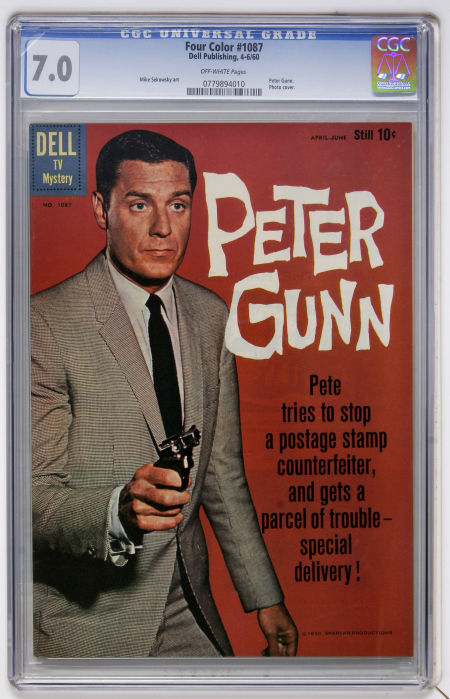
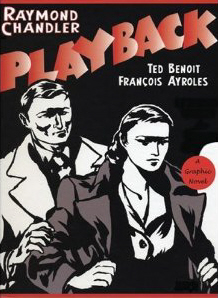
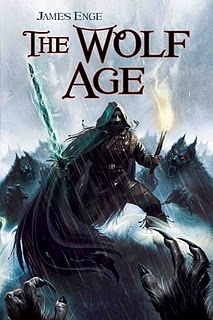 No sooner does our man James Enge — World Fantasy Award-nominated author, Black Gate blogger, and international man of mystery — appear on the scene with his third novel
No sooner does our man James Enge — World Fantasy Award-nominated author, Black Gate blogger, and international man of mystery — appear on the scene with his third novel 
 Genre historian and poet Bud Webster, author of
Genre historian and poet Bud Webster, author of